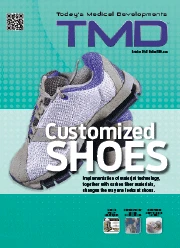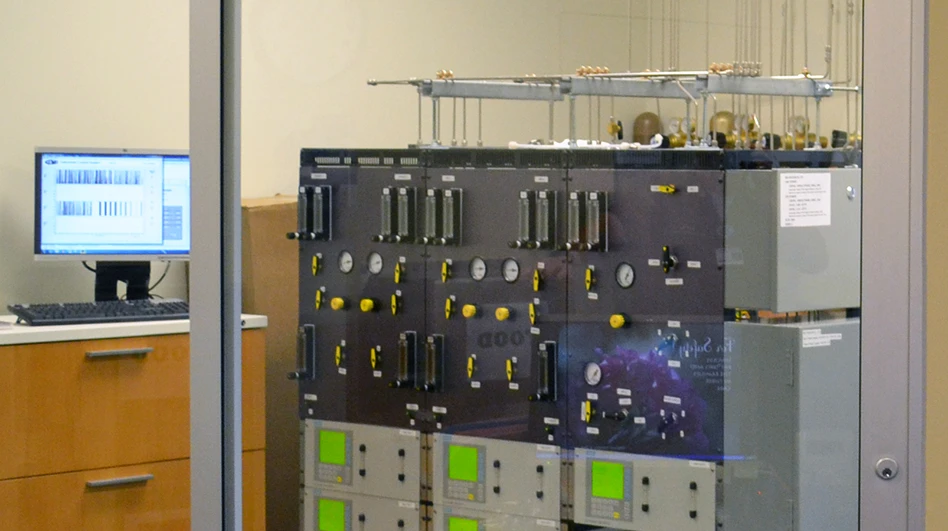The idea of the desktop is going away, making room for innovative technologies such as smartphones and tablets. Today’s mobile devices are, in essence, small computers, and customers now carry the tools to access data anytime in their pockets. It is no secret that those customers are growing more demanding to access data 24/7, and cloud technology is today’s solution.
Cloud technology is improving manufacturing business processes, and the business benefits of cloud-based manufacturing solutions are growing. Before the cloud, companies in the medical technology industry had to rely on servers to maintain inventory, accounting records, product information, practically all of the data that would be useful, without an efficient way of utilizing what was at-hand.
The Cloud has permeated most industries today, but healthcare has been reluctant to integrate IT. In the past few years, dramatic shifts towards enterprise IT has forced many companies to rewrite their roadmaps to approaching data management, integrating cloud and mobile capabilities. With this shift already taking place, it is important to know about the cloud.
What is Cloud Computing?
The biggest problem companies are facing with managing an abundance of data is they cannot get the meaningful data out to the end user. Taking data and making it highly customized and specified turns the data into information with which the user can interact, which is highly beneficial to the business process.
Traditional systems have been primarily loaded on premise – you physically go to the shop and load an application. You rely on a server and load it to the server. You may also have a database for the electronic documents that you share with your partners, customers, and employees.
Another way to do it is to take that information and application and give your users direct access from within the organization, so they can now store the data in a very secure cloud environment, and more importantly, use it.
Real-Time is a Real Benefit
Traditional data integration initiatives that rely on extract, transform, and load techniques can transform a periodic data company into a single data warehouse. However, perhaps your company is tracking inventory in a warehouse, and yesterday’s product count is yesterday’s news, because even though your system is showing 100 units in stock from the last review, the shelves are showing 16.
The data is already out there; it just demands to be pulled in real time.
Getting Started
Migrating to the cloud should be a gradual process that involves all stakeholders. Rather than making significant investments into an enterprise cloud transition as your first step, select a less critical process first. For example, many organizations are still using file servers to store archives. Today’s global environment requires giving distributed users access to the relevant files securely. Moving from a file server to a cloud-based solution is a great first step that can be undone if necessary.
The Talent Gap
An untold story about the cloud is that it is more about economies of skill than scale. Organizations wishing to deploy traditional on-premise applications must first hire consultants or IT staff with the relevant experience for installing and maintaining the application along with the operating systems, web servers, and DBMS systems that it depends on. Since there is an extreme shortage of qualified and experienced IT folk, the risk of hiring the wrong person is great. Most manufacturing managers do not have the appropriate background to do proper candidate selection. The cloud frees organizations of this risk and burden by outsourcing the management of the application to the vendor or cloud provider like Amazon or Azure. While there is some cost and risk to this, it is orders of magnitude less than hiring IT staff and managing on-premise servers.
Ad Hoc Reporting
Once the cloud deployment is successful and there is plenty of data in the system, it is important to be able to mine the data to support business decisions and respond to changes in the market. It is important to choose a cloud vendor that includes embedded BI capabilities from a solution like Izenda. Many vendors do not give you easy access to information and this can affect your business. Win on-premise solutions it is possible to plug a reporting solution into the database directly, but you lose this control when you go into the cloud.
Clouds Are Not Perfect
When companies transition to the cloud, they often feel like they are losing control of their data. This is the biggest drawback to integrating with the new technology. The truth is that you are in much better control of your data – but it is important to prepare for the possibility of the system going down. Moreover, because of regulatory compliance issues, we may never be able to put 100% of data in the cloud. For example, PCI requires physical inspections of hardware that data is on so until the regulations change to keep up with the growing technology, there will still be that demand for physical systems. The future is a hybrid solution where most of the data lives on the cloud while integrating with some local data stores.
Izenda LLC
Atlanta, GA
www.izenda.com

Explore the October 2012 Issue
Check out more from this issue and find your next story to read.
Latest from Today's Medical Developments
- Betacom, Siemens launch 5G network platform to accelerate manufacturing innovation
- Starrett’s AVR400 CNC vision system
- US cutting tools orders decreased 2% from November 2024
- SMW Autoblok's Manual Jack connection kit
- MedTech Innovator welcomes five new industry partners
- First Article Inspection for quality control
- The manufacturing resurgence is here – are you ready?
- Workholding solutions for your business





